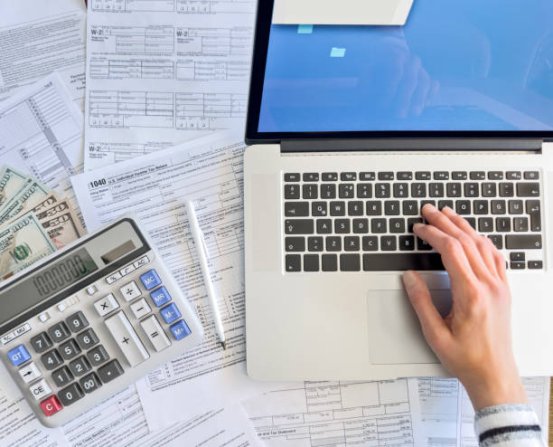Effectively managing lease agreements is crucial for maintaining accurate finances and long-term stability. Lease accounting software simplifies lease oversight, ensures compliance, and strengthens overall financial management.

Understanding Lease Accounting Software
Lease accounting software is a specialized solution designed to help organizations manage lease agreements and related financial obligations. It differentiates between operating and capital leases and ensures accurate reporting on financial statements. With compliance requirements such as ASC 842, companies must recognize both lease liabilities and right-of-use (ROU) assets, making reliable software indispensable for proper accounting.
This software automates critical tasks such as calculating liabilities, tracking variable payments, and managing lease renewals. Providing a complete view of lease portfolios enhances transparency and compliance, while integration with existing accounting systems reduces manual work and minimizes errors.
Key Benefits
Improved reporting accuracy is one of the most significant advantages of lease accounting software. Businesses managing multiple leases manually are prone to errors, whereas software ensures precise, regulation-compliant reporting.
The software also provides actionable financial insights. It can compute present values of lease obligations, monitor amortization schedules, and support cash flow forecasting, enabling leaders to make better-informed strategic decisions.
Automation saves time as well. By handling complex lease tracking and reporting, finance teams can focus on higher-value tasks, increasing productivity and operational efficiency.
Selecting the Right Software
Choosing the right lease accounting software starts with usability. Intuitive interfaces reduce training requirements, and scalable solutions can accommodate business growth.
Important features include automated lease tracking, pre-built reporting templates, and seamless integration with other financial and accounting systems to meet both current and future needs.
Cost is another essential consideration. Companies should evaluate providers based on software functionality, long-term benefits, and alignment with budget constraints.
Implementation Challenges
Despite its advantages, implementing lease accounting software can be complex. Resistance to change is common when transitioning from manual methods, making strong change management essential.
Data migration must be conducted carefully, as inaccuracies can compromise financial reporting. Allocating adequate resources ensures a smooth transition.
Regular updates are also necessary to maintain compliance with evolving accounting standards, which may require ongoing attention and resources.
Real-World Impact
Lease accounting software delivers measurable improvements across industries. A large retail chain reduced lease management time by 40% post-implementation, freeing finance teams to focus on strategic initiatives.
In the healthcare sector, one organization automated compliance for equipment leases across multiple sites, avoiding penalties and improving operational efficiency.
These examples highlight how software can enhance efficiency, support business growth, and maintain compliance simultaneously.
Conclusion
Lease accounting software is a critical tool for modern businesses, improving accuracy, efficiency, and regulatory compliance. While adoption may present challenges, the long-term benefits—enhanced financial oversight, time savings, and stronger decision-making—make it a valuable investment for companies navigating today’s complex financial landscape.
